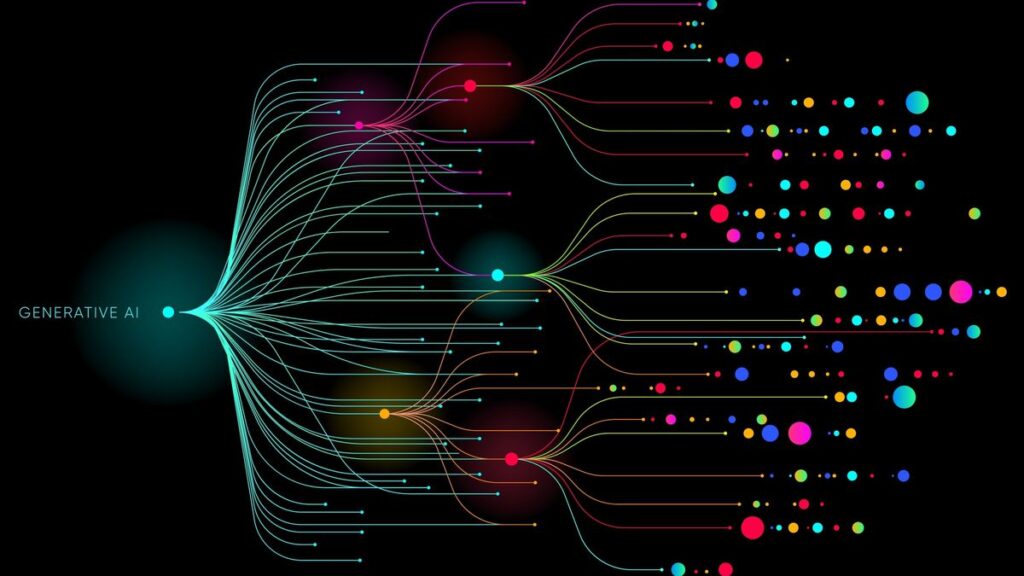According to The New York Times, Chinese company 01.AI's Yi-Large Global SOTA LLM, based on open source technology, scored roughly on par with U.S. products such as GPT-4o and Llama-3. Another AI tool called Kling, a video generation tool, has also been released in China. It works similarly to Open AI's Sora, but unlike Sora, which is still limited in access, Kling is already widely available to almost all users.
The AI boom began in the United States with the release of ChatGPT in late 2022. But Chinese companies are rapidly catching up thanks to open-source AI code, allowing others to build on, iterate, and improve on existing AI techniques. Open source (or open standards) is the backbone of many technologies, from operating systems like Linux to new processors like RISC-V.
Many U.S. companies have been at the forefront of AI development, open-sourcing their data. But concerns about unethical and criminal uses of AI technology have left researchers debating risks and potential regulations, and companies hesitant. Chinese companies, on the other hand, have been less strict on these issues, with many opening up their technology to the public as soon as possible, sharing code with developers, programmers, and other institutions.
This sharing is accelerating progress in AI development in China, with companies once scorned for their use of open-source code now topping AI benchmark tests.
These advances in AI technology are happening in China despite tough U.S. measures that are thwarting China's technological ambitions. Chinese companies are struggling to get hold of Nvidia's latest and most powerful AI processors due to bans and embargoes on high-performance chips imposed by Washington on Beijing. China is working hard to catch up on the hardware front, but many experts believe it's still at least a decade away from parity with the U.S.
But despite the hardware ban, it's clear that Chinese tech companies can catch up on the software side. Still, the White House wants to change that by introducing a bill to the U.S. Congress that would give the U.S. government more power to restrict the export of U.S. AI code. Some parties have tried to restrict the development of open-source AI technology to prevent Chinese companies from using it, but doing so could do more harm than good to the U.S.
“Open source AI is the foundation of AI development,” said Clement Delange, CEO of Hugging Face, a company that allows users to share open source AI projects. He noted that the United States has become a global leader in AI through the cooperation of American researchers and organizations. “Now China can do the same.”
Additionally, Stanford University's recently released Llama 3-V LLM is built on open source code obtained from China, indicating that Chinese AI technology has matured to the point where U.S. researchers are now building on it. DeLang warned that if Washington stifles open source development in the U.S., it could become the norm for U.S. AI developers to build on Chinese open source technology.
But for all the AI advances China has made based on open-source technology, Duke University professor Yilan Chen believes China is still at a disadvantage. “Chinese companies are good at imitating and improving on what the U.S. already has,” Chen says. “They're not good at inventing something entirely new that will overtake the U.S. in five to 10 years.”
Only a decade from now will tell whether this is true, but what happens between now and then may depend on how well the U.S. manages the open development and collaboration between companies that helped make it the AI leader it is today.

